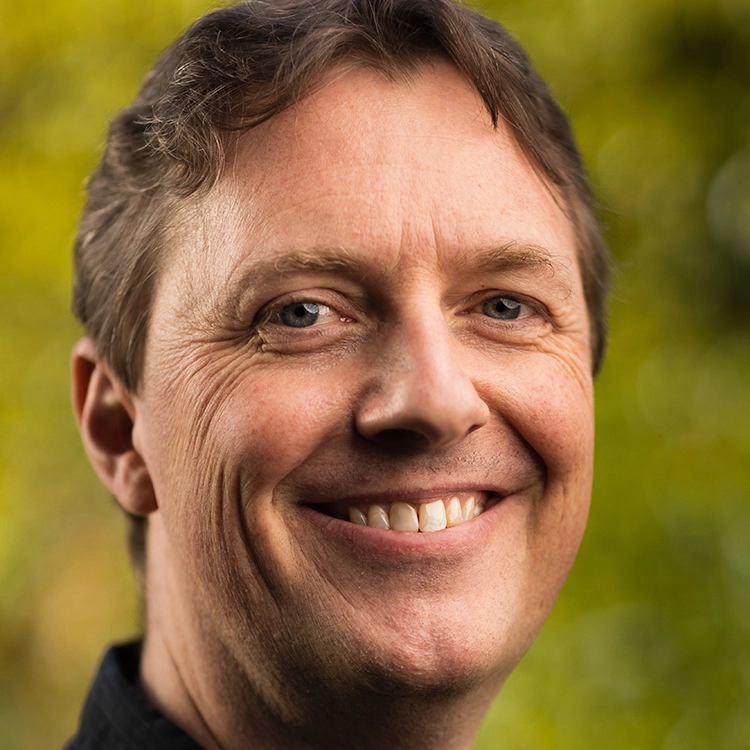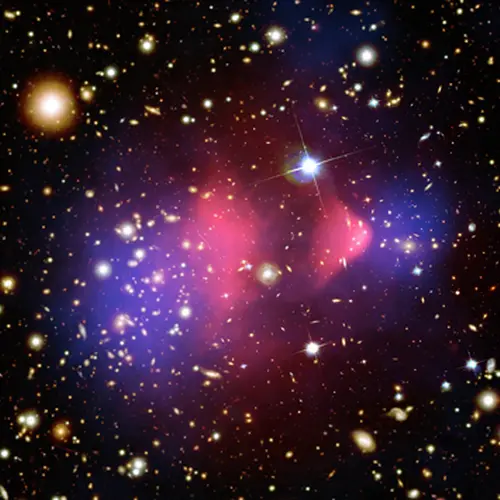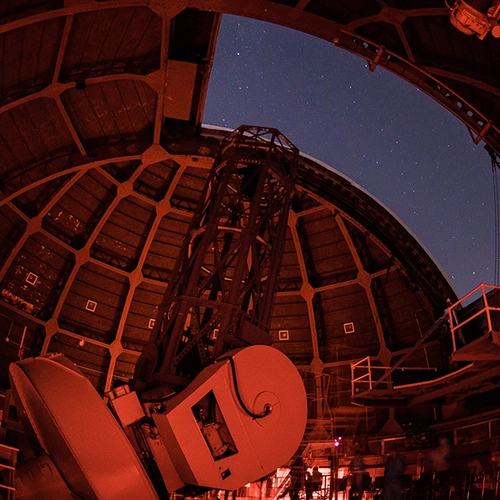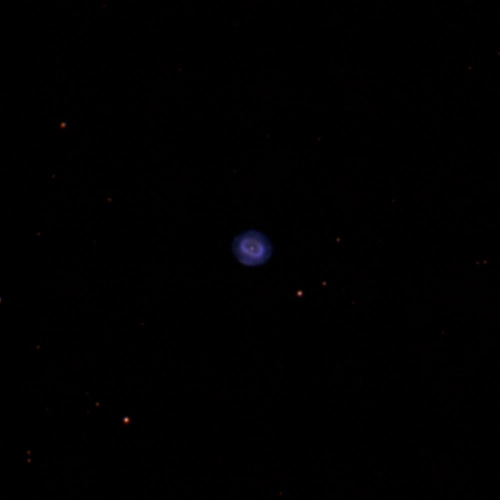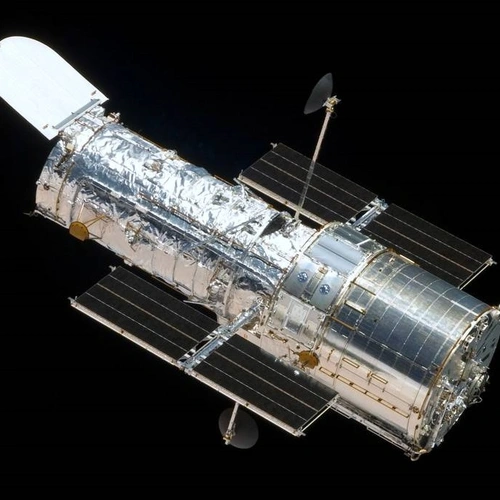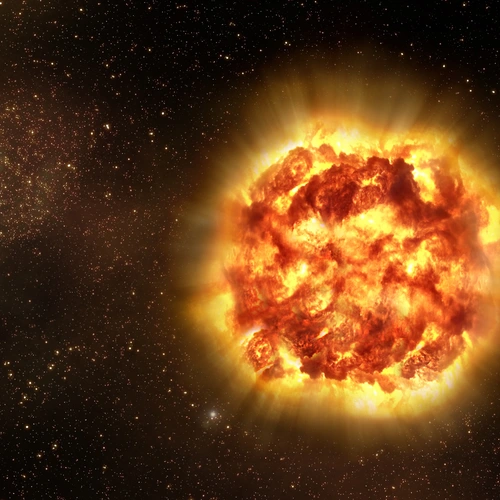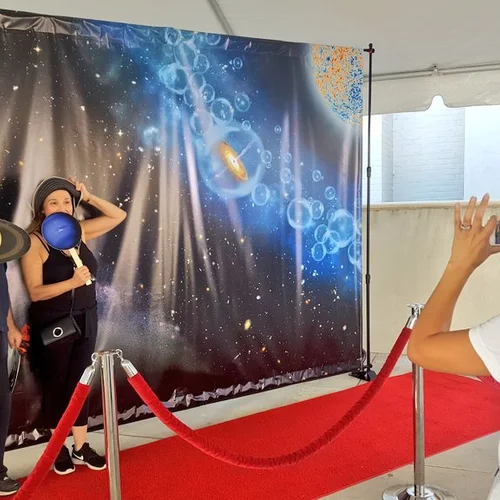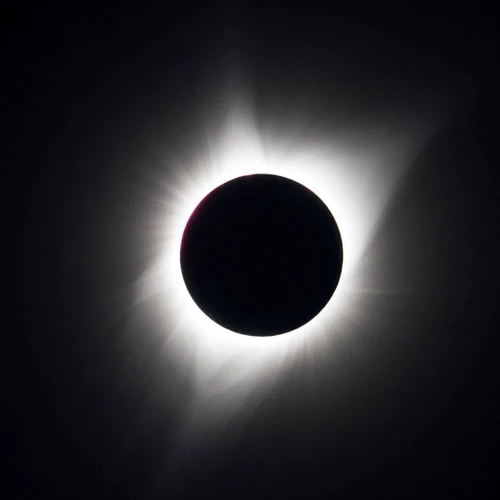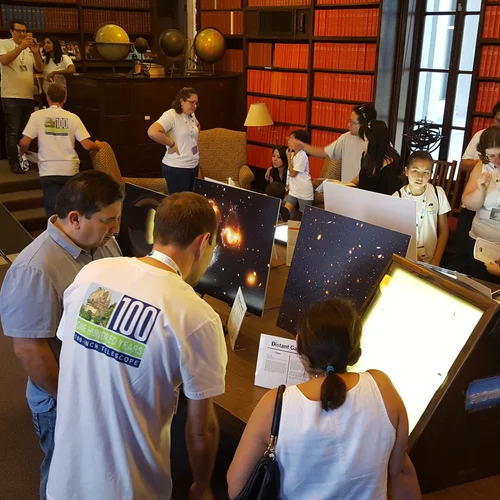Overview
Chris Burns’ research interests involve cosmology, the distance scale, and inter-stellar dust. For these areas of inquiry, type Ia supernovae are particularly well-suited as they are the brightest standard candles of which we know.
The Carnegie Supernova Project's primary goal is to obtain precision observations of supernova explosions, both in terms of their brightness over time, as well as detailed spectra that can provide constraints on their physical properties. The CSP has been observing for almost two decades and has assembled an extensive data set of supernovae of all types.
More generally, Burns enjoys applying the latest numerical techniques to solve scientific problems. These techniques include Bayesian inference, machine learning, and visualization.
He is also quite active in public outreach, visiting schools, and volunteering as a telescope operator at Mount Wilson Observatory.
Research
How old is the universe? We live in an expanding universe. The space between distant galaxies seems to be growing, making them recede from each other. But if we turn the clock back, the distances must have been smaller in the past. How far back can we go? Einstein’s theory of general relativity tells us that at some time in the past, the distances between all points in space go to zero and the universe becomes a singularity. Referred to as the Big Bang, this point of infinite density and temperature is the beginning of cosmic time. A key question then is: when did it happen?
In order to answer the question of how old the universe is, we must determine how it has grown over time. This is called the expansion history of the universe. Thanks to the finite speed of light, the farther away we look the further back in time we see. We can measure how fast the universe is expanding now by looking at galaxies “close by”, and then compare to how fast the universe is growing the farther out we go. But to probe such large cosmic times requires knowing the distances to ever more distant galaxies. Type Ia supernovae are both extremely bright (millions of times the brightness of the sun) and very uniform. We can use them to map out the distant universe and measure its expansion over cosmic time. And just as knowing your speed while traveling between two cities allows you to compute the time it takes to get there, measuring the expansion history allows us to compute how much time it took the universe to go from Big Bang to today: just over 13 billion years.
CV
- Ph.D. in Astronomy & Astrophysics, 2002, University of Toronto
- M.Sc. in Astronomy & Astrophysics, 1995, University of Toronto
- B.Sc. in Physics, 1994, Bishop’s University
- SNooPy (SuperNovas in Object Oriented Python)
- ImageMatch (Transient detection software)
- Volunteer at Mount Wilson Observatory (STEM program, Telescope Operator, Session Director)
- Taking telescopes, portable planetarium, and other astronomy-related activities to local public schools
